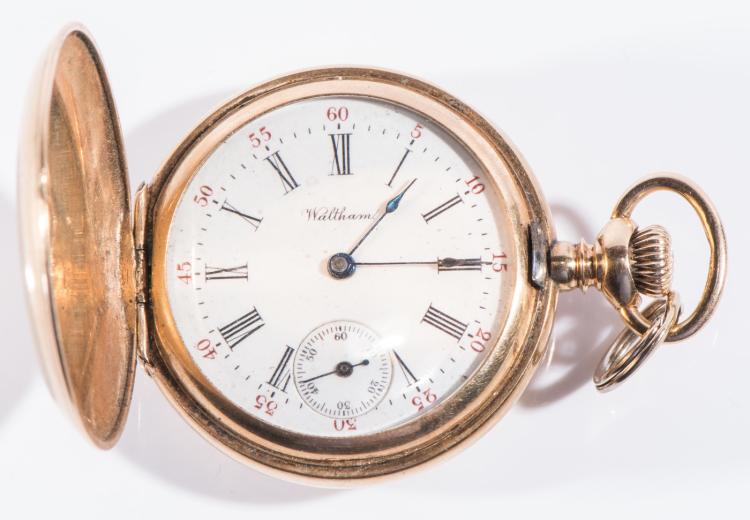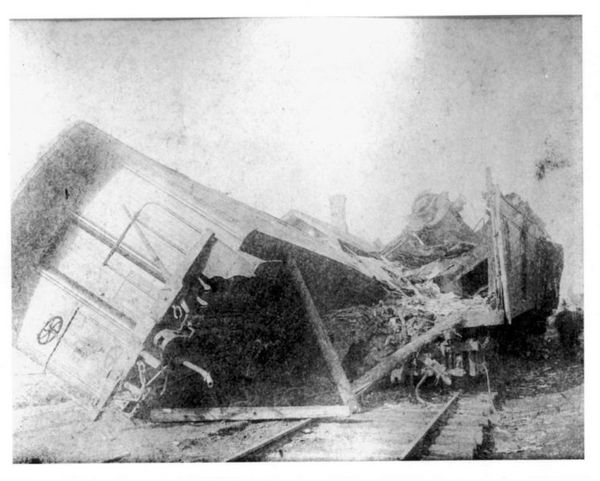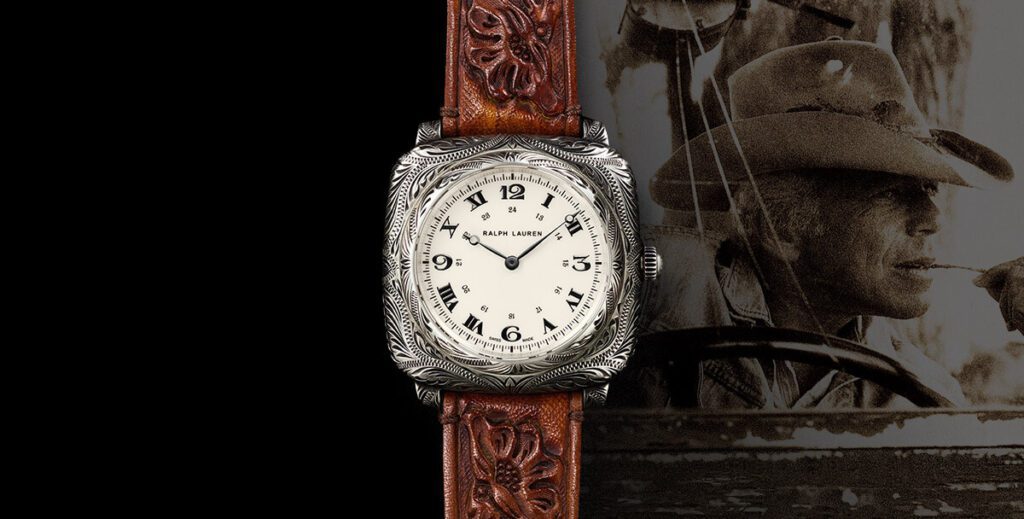Western Aesthetics
In a previous TT post, the prevalence of pocket watches—and other timepieces—in the “Western” genre of entertainment was discussed. With the aesthetic of the Wild West influencing timekeeping (and vice-versa), 19th century America saw new innovations in style and engineering for the personal watch. As well, the move into the 20th century saw the advent of wrist watch timekeeping—fundamentally changing the way people wore watches. As it were, the affordability and omnipresence of the pocket watch from the mid-1800s onward became a part of the greater story and style of the American West.

In the United States, a key date regarding innovation in personal timekeeping was 1857. In this year, the American Watch Company—later known as “Waltham”—began manufacturing watches with interchangeable parts. These timepieces were also made with coin silver—a 90% pure silver alloy used for silver dollars. This industrious step forward made watches more affordable to manufacture. In fact, by 1865 the American Watch Company was cranking out around 50,000 watches per year. This made American watches more friendly to the average consumer, moving Swiss manufacturers to different markets. Because of these innovations, folks living in the American West had more rugged; utilitarian; and customizable timepieces. The silver itself could be engraved with decorative inlays. As well, ornamental watch fobs would often accompany these custom creations.
Speaking of inlays and fobs—the Wild Western aesthetic often had ties to Victorian England. In personalization, many cases would be engraved with decorative Victorian styles. This was also something of a popular way to customize revolvers, rifles, and other metallic items—for those looking to add a personal flair to their belongings. These ornate designs were a great way to show off relative wealth, even with a more affordable timepiece. Furthermore, a popular way to wear watches was with a chain fob worn in the “Double Albert” fashion. Named after England’s Prince Albert, this 19th century style featured a pendant—or locket—decorated with a family crest; various jewels; cameos (carved portraits); or other commemorative images attached to a chain. This chain ornamentation was then worn out of the pocket of a vest or waistcoat—with the fob featured on the buttons in the center of the garment. If one looks closely at old photographs, or at current Western-genre wardrobes, this style can be seen on many a gentleman’s vest (assuming they’re gentleman, anyhow).

Yes, the Western aesthetic had influences outside of the United States. This is no surprise considering America’s melting-pot heritage. Victorian ornamentation aside, another shift in pocket watch aesthetics came in the later part of the 1800s. In 1891, there was a fatal train accident in Kipton, Ohio. This was a result of a four minute loss of time on one of the engineers’ pocket watches. By 1893 railroad officials had commissioned a chief time inspector to deal with this type of issue. As it went, the inspector laid out specifications to make watches more reliable—this included using bold Arabic Numerals. Arabic numbers on the dial made pocket watches much easier to read, and would continue to gain in popularity as timekeeping moved into the 20th century. Although Arabic Numerals had existed in timekeeping prior, the use with the railway system reinforced this style as a more dependable alternative to Roman Numerals.
As the history books show, the West was eventually won—perhaps enveloped—by modern developments in industry and technology. Indeed, the 20th century moved itself farther and farther from its rugged past, in the United States. However, the look of the American West still holds an almost mythical quality to those looking back with nostalgia. So much so that, even today, watchmakers both domestically and abroad continue to make American West style watches. These watches tend to feature silver inlaid bands or fobs—like their predecessors. In that regard, a notable continuation of the Western aesthetic comes in the Southwest style watches that are designed by Native Americans. Blending Native American jewelry styles, with wrist watch dials, these timepieces have a uniquely Western look. Often holding (colorful) precious stones and made from silver, these watches are sold to help gain revenue for reservations and continue a tradition of design that goes even further back than any European influence.

Furthermore, brands like Montana and Ralph Lauren continue to release custom “Western” style timepieces. Though these watches feature Swiss movements and Arabic numerals, their look is distinctly American. With a unique blend of outside influence and new ideas in design, American West timepieces hold a great fascination. They also mark a time in horological history where industrialization began to democratize the modern timepiece. So, if you have a timepiece from this era—keep it up in running. The digital age may eventually move watchmakers further from this aesthetic, making them more rare—and worth much more than a few old silver dollars.
Times Ticking has been in operation for more than 30 years, since 1982. We have performed watch repair for customers both locally and internationally. If it Ticks! We KNOW it! Our team of watch repair technicians have a combined experience in watchmaking of over 120 years.

